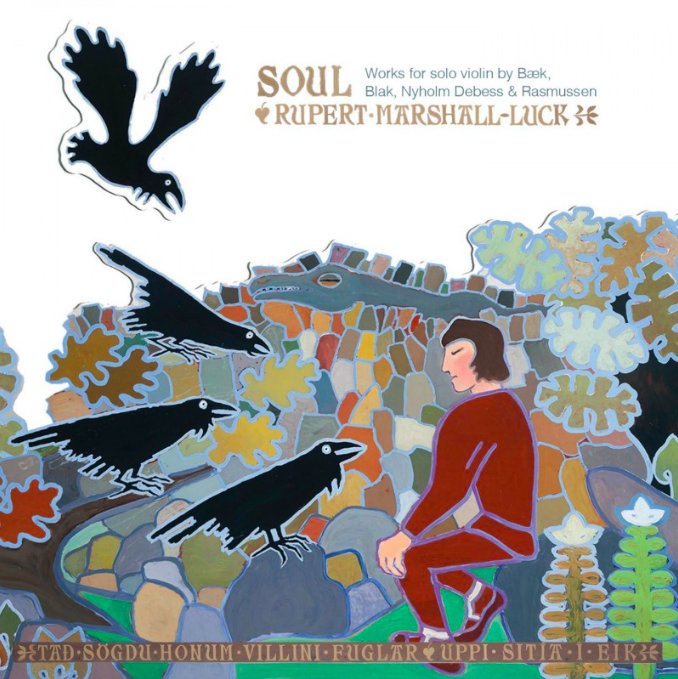Rupert Marshall-Luck

CD
Soul – Rupert Marshall-Luck
Bøhmerlands Dronning, by Kristian Blak, is inspired by a folk ballad about the Queen of Denmark. From the stillness of the opening, with its long-bowed notes interspersed with isolated pizzicatos, the work develops organically, sustained drone-notes and gently undulating dynamics contrasted with snatches of folk-like melody and with more agitated passages of tremolando and spiky […]




